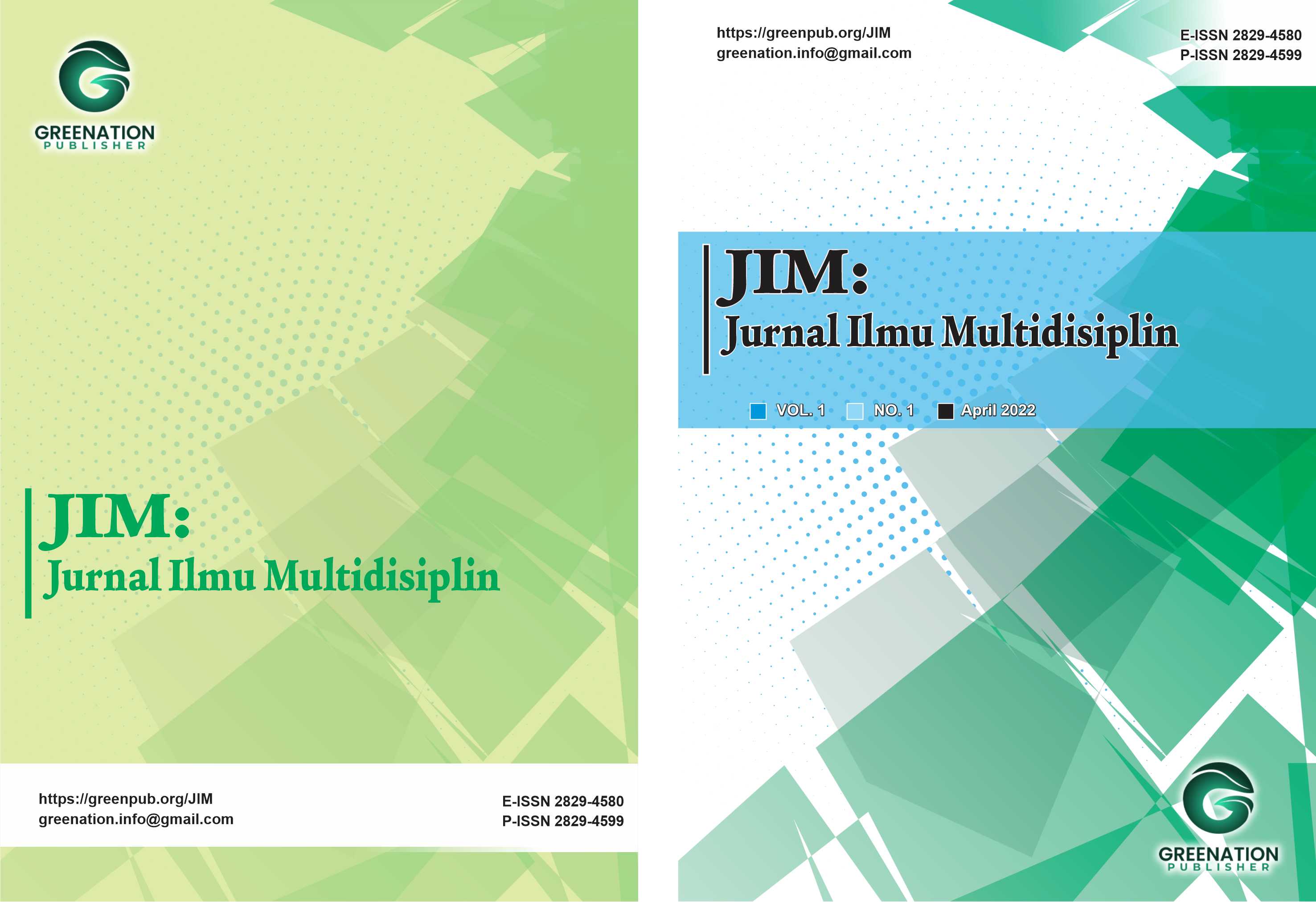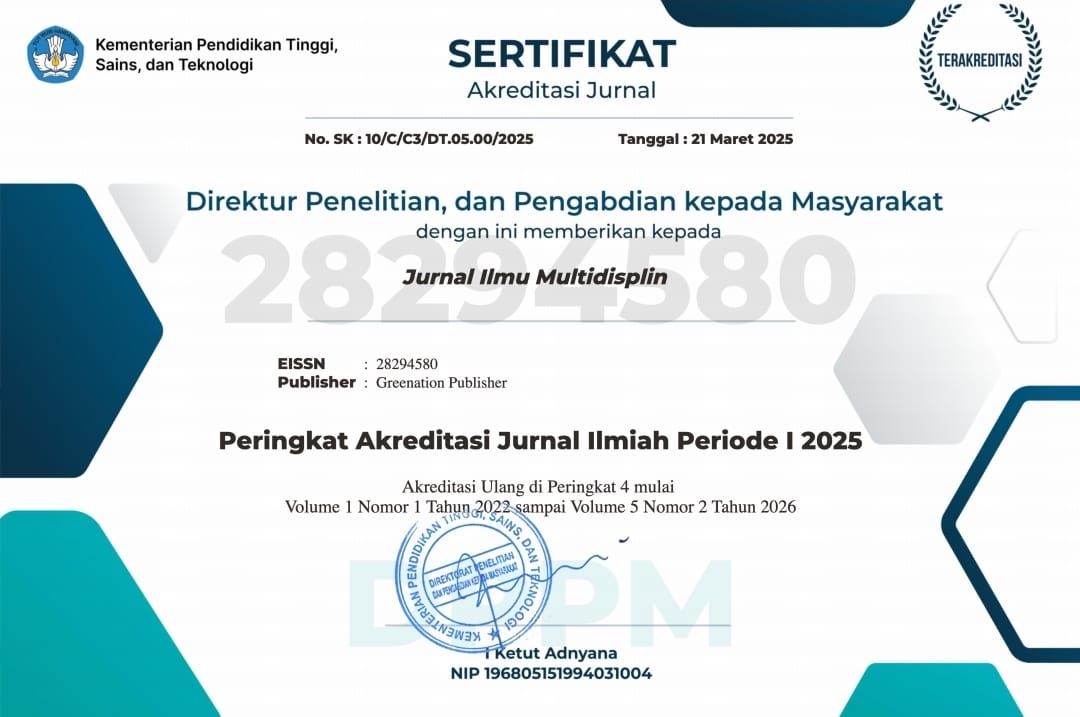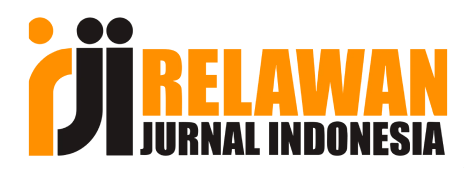Arsitektur Lanskap Kompleks Candi Arjuna di Dieng: Kajian Konservasi Berbasis Cultural Risk Management
DOI:
https://doi.org/10.38035/jim.v4i3.1136Keywords:
Arsitektur lanskap, Candi Arjuna, konservasi budaya, risiko budaya, Shirvani, DiengAbstract
Penelitian ini membahas arsitektur lanskap Kompleks Candi Arjuna di Dataran Tinggi Dieng, Banjarnegara, Jawa Tengah, sebagai bentuk warisan budaya yang mencerminkan hubungan antara struktur ruang, nilai spiritual, dan dinamika sosial masyarakat. Dengan pendekatan kualitatif deskriptif, studi ini menggunakan observasi lapangan, wawancara semi-terstruktur, dan studi dokumentasi sebagai teknik pengumpulan data. Analisis dilakukan menggunakan pendekatan interpretatif berdasarkan model Miles dan Huberman serta teori Cultural Risk Management dan prinsip konservasi lanskap dari Hamid Shirvani. Hasil penelitian menunjukkan bahwa kompleks ini tidak hanya memiliki nilai historis dan arsitektural, tetapi juga mengandung makna simbolik dan kosmologis yang signifikan. Namun, peningkatan aktivitas pariwisata dan pembangunan modern tanpa pertimbangan nilai budaya telah mengakibatkan terjadinya degradasi fungsi sakral dan kerusakan struktur spasial. Penelitian ini merekomendasikan konservasi lanskap yang integratif dan berbasis partisipasi masyarakat, dengan penguatan regulasi visual, pelibatan komunitas lokal, serta pengembangan interpretasi budaya berbasis teknologi. Studi ini diharapkan dapat menjadi rujukan dalam pengelolaan lanskap cagar budaya di Indonesia.
References
Bogdan, R. C., & Biklen, S. K. (2007). Qualitative research for education: An introduction to theories and methods (5th ed.). Pearson Education.
Creswell, J. W. (2013). Qualitative Inquiry and Research Design: Choosing Among Five Approaches (3rd ed.). SAGE Publications.
Dewi, A. M., & Kamal, M. N. (2023). Integrasi konservasi dan interpretasi budaya dalam pengelolaan situs cagar budaya. Jurnal Perencanaan Wilayah, 19(1), 12–28.
Feilden, B. M., & Jokilehto, J. (1998). Management guidelines for world cultural heritage sites (2nd ed.). ICCROM.
Lincoln, Y. S., & Guba, E. G. (1985). Naturalistic Inquiry. SAGE Publications.
Miles, M. B., Huberman, A. M., & Saldaña, J. (2014). Qualitative Data Analysis: A Methods Sourcebook (3rd ed.). SAGE Publications.
Moleong, L. J. (2017). Metodologi penelitian kualitatif (Edisi revisi). PT Remaja Rosdakarya.
Nasution, S. (2003). Metode penelitian naturalistik kualitatif. Tarsito.
Rahman, R. (2021). Digitalizing sacred landscapes: AR-based interpretation of world heritage sites. International Journal of Heritage Studies, 27(5), 650–671.
Shirvani, H. (1985). The urban design process (2nd ed.). Van Nostrand Reinhold.
Smith, L. (2006). Uses of heritage. Routledge.
Sugiyono. (2018). Metode penelitian kualitatif, kuantitatif, dan R&D. Alfabeta.
Tripathi, N. (2020). Sacred geometry and spatial rituals in Hindu temple landscapes. Asian Architecture Journal, 14(2), 112–129.
Wijayanti, S., & Ananda, M. (2022). Kosmologi Hindu dalam tata ruang candi di Dataran Tinggi Dieng. Arsitektur & Budaya, 9(1), 33–45.
Wulandari, F., & Purnama, H. (2021). Relevansi fungsi sosial candi di era wisata modern. Jurnal Pariwisata Budaya, 6(1), 45–60
Downloads
Published
How to Cite
Issue
Section
License
Copyright (c) 2025 Theodorus Aries Briyan NSK, Winarna, Wiyatiningsih

This work is licensed under a Creative Commons Attribution 4.0 International License.
You are free to:
- Share— copy and redistribute the material in any medium or format
- Adapt— remix, transform, and build upon the material for any purpose, even commercially.
The licensor cannot revoke these freedoms as long as you follow the license terms.
Under the following terms:
- Attribution— You must give appropriate credit, provide a link to the license, and indicate if changes were made. You may do so in any reasonable manner, but not in any way that suggests the licensor endorses you or your use.
- No additional restrictions— You may not apply legal terms or technological measures that legally restrict others from doing anything the license permits.
Notices:
- You do not have to comply with the license for elements of the material in the public domain or where your use is permitted by an applicable exception or limitation.
- No warranties are given. The license may not give you all of the permissions necessary for your intended use. For example, other rights such as publicity, privacy, or moral rightsmay limit how you use the material.




























